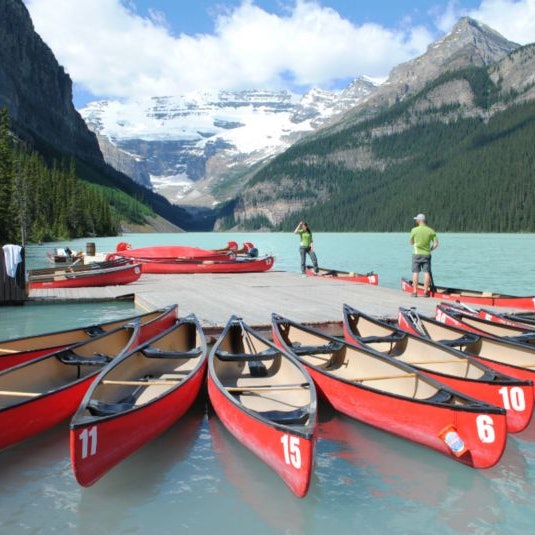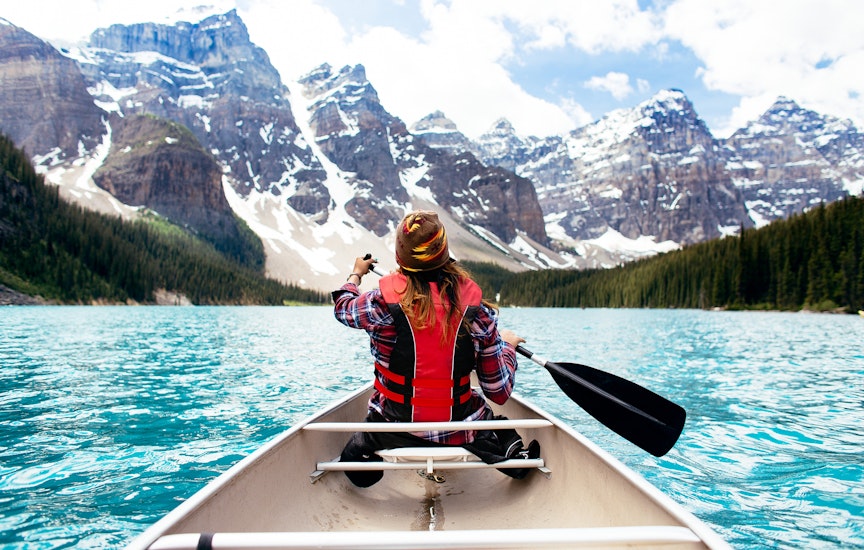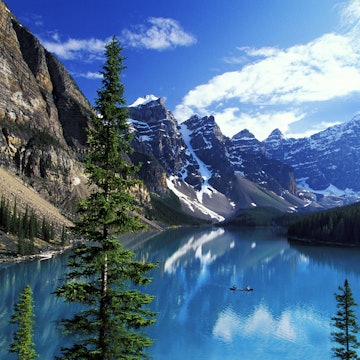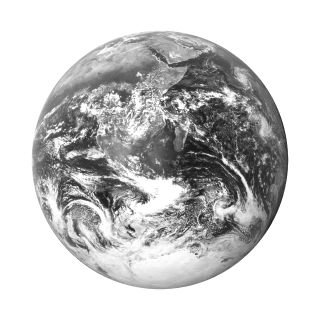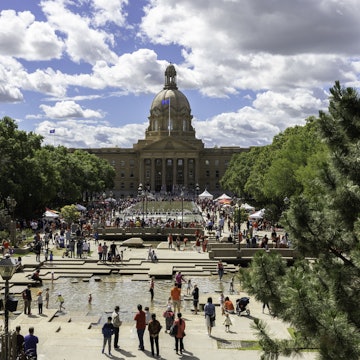

Pete Seaward
Overview
Alberta does lakes and mountains like Rome does cathedrals and chapels, but without the penance. For proof head west to Jasper and Banff, two of the world’s oldest national parks; despite their wild and rugged terrain, they remain untrammeled and easily accessible. They're majestic, breathtaking, awesome. No one should leave without first laying eyes on Peyto Lake and the Columbia Icefield, nor before traveling east to the fossil-encrusted badlands around Drumheller, south to the Crypt Lake trail in Waterton Lakes National Park, and north to spot bison in the vast, empty northern parklands.
Leave the planning to a local expert
Experience the real Alberta. Let a local expert handle the planning for you.
Must-see attractions
Get a book. Get inspired. Get exploring.
in partnership with getyourguide





